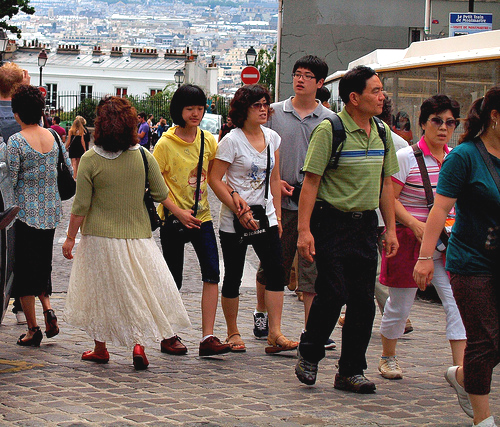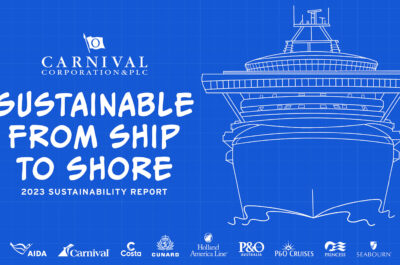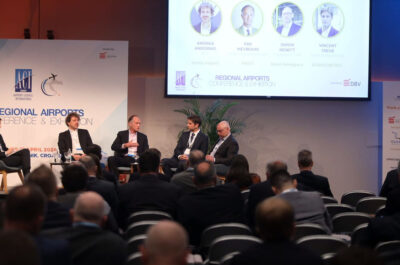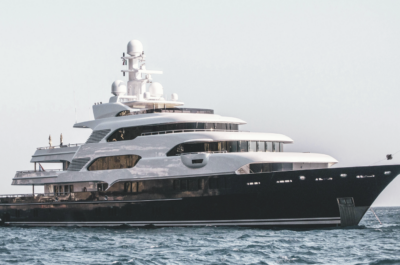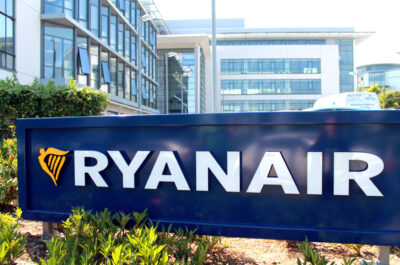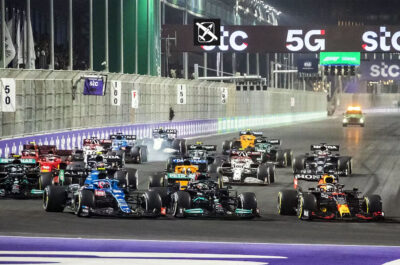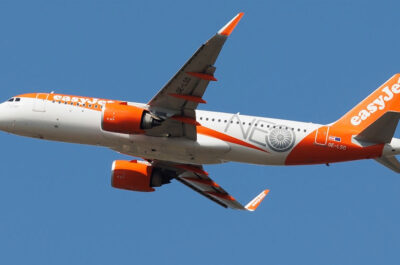The most recent outbound tourism figures from China reveal as steady upward trend. According to a recent report by the COTRI China Outbound Tourism Institute, some 33.8 million border crossings took place from Mainland China in Q2 of 2016 alone. This represents a 4.32% y-on-y increase over 2015. Here’s a look at cross sections of this segment, and the potential for dependent markets. Depsite conflicting reports to the contrary, the trend shows no signs of abating either, and the figures from
The most recent outbound tourism figures from China reveal as steady upward trend. According to a recent report by the COTRI China Outbound Tourism Institute, some 33.8 million border crossings took place from Mainland China in Q2 of 2016 alone. This represents a 4.32% y-on-y increase over 2015. Here’s a look at cross sections of this segment, and the potential for dependent markets.
Depsite conflicting reports to the contrary, the trend shows no signs of abating either, and the figures from wealthy travelers to the growing middle class soujourner also remain constant. However positive this trend may be though, it is important not to lump all Chinese tourists and travellers together. In fact, the differences in between tourists are as helpful for differentiating your busienss as any other metric. Chinese tourists tend to travel in groups and to follow the crowd, while pure travelers traveling alone or in small groups. The former show typical booking patters, while latter exhibit a more eclectic set of preferences and booking habits. Learning to differentiate in between, helps hospitality businesses glean better business strategies.
Let’s begin by briefly discssing the wealthy Chinese travler’s case profile. These travelers tend ot be higher profile, and individualistic, preferring to select a la carte, their experiences, wants, and needs. Here it is important to understand the changes taking place within China, in order to better grasp the specific needs of wealthier Chinese clients. The rise of the Chinese upper middle class and wealthy class is not so established just yet. Compared to westerners, Chinese of every demographic will seem more enthusiastic in their choices, and in how they perceive destinations, offerings, and so on.
Nowwhere is this more evident than the luxury segment, one good example being the decline in wealthy tourists from China to Europe since the high profile terror attacks. The same COTRI report that reveals short haul increases in outbound tourists and travelers, also shows a slowing of European visitors. Interestingly, a recent lifestyle survey from HSBC sheds more light on what appeals to wealthy Chinese. The report showed this segment had rather spend cash on entertainment, trips, and health, than on shopping and other pursuits. And when wealthy travelers do spend, quality usurps brand awareness. This is vital for merchants at destinations these visitors will hit. Furthermore, as entusiastically as wealthy travelers were for lavish Europe trips, they are as in tent and concerned for safety too. Trips by wealthy Chinese have increased to places like Australia, New Zealand, Japan and South Korea since news of Paris, Brussels and Nice came out. This is partially reflected in this Forbes report.

Security concerns are a universal concern for Chinese travlers though, and the middle class Chinese tourist is not devoid of safety concerns either. Choice of destinations for the wealthy and the touristic average Chinese guest may vary, and for different reassons, but security, language barriers, cultural differences, and other variables often mirror one another. Businesses that want to attract these visitors will need to factor in such things as public holidays in China for tourists, and experience-centric variables for wealthy travelers. While this aspect gets into complex data analysis, the idea is simple enough. Destination specific variables always play a role for either group, but populist tourism is fairly easily differentiated from those choosing the individualistic local experience.
So, it is easy to see that planning and strategy for engaging this growing market has its macro and micro facets. On the one hand deep analytical approaches are suggested, while on the other “old school” common hospitality sense plays a major role. Take loyalty programs, for instance. A staple of western tourism companies since decades, now we see Chinese people largely dependent and focused on the “collective” power. Like other demographic sets, China’s traveling set are interested in such things as; exchange rates, visa peculiarities and hurdles, destination safety, flight connections, and so forth. Similarly, the Chinese guess wants their free WiFi, and a menu that is readable in Mandarin. For hoteliers welcoming these guests knowing how destinations are marketed to Chinese travelers is fundamental as well. Likewise, studying the idiosyncrasies of source destinations can be helpful. The ever growing China cities end up being resources in themselves.
It goes without saying that destinations with easier access, including simpler visa policies, will glean the most positive travel branding and resonance with this group. Taking Russia as a good example, the easing of visa restrictions and simplifying regulations undertaken recently, saw Chinese visits to the Federation increase some 63% almost overnight. The fact 90% of outbound China travelers head to large cities is also key to understanding this group’s preferences. The fact that some Italian cities like; Milan, Florence, and Venice – are at the top of preferences over places like London and Paris, afford still more insight. What I am trying to express here is, studying the market becomes more and more crucial. Imagine giving up advantage to your competitor here.
Europe and other regions will see many millions of Chinese nationals making their first international leisure trips over the next decade. As the growing middle class and increasing affordability of international travel makes tourism and individual travel more accessible for Chinese households. The opportunities are virtually unlimited for businesses focused on satisfying these new customers. In my next segment I will discuss specific ways in which hospitality and travel businesses can reach these millions of customers.
Tomasz Janczak is the E-Commerce & Distribution Director for Plateno Group Europe, the daughter company of the Chinese hotel group, which manages more than 3700 hotels under 16 brands globally. Tomasz is also heading up the launch of a new project for Plateno corporate, that will open up the unlimited Chinese travel market to European hoteliers.











